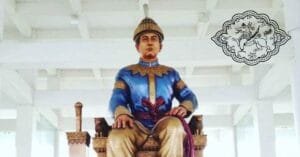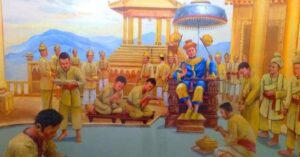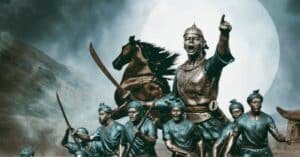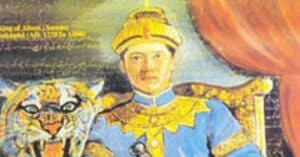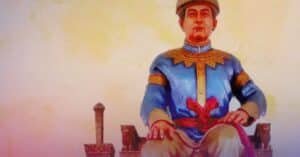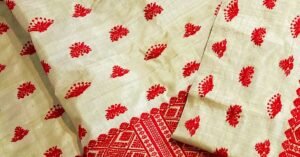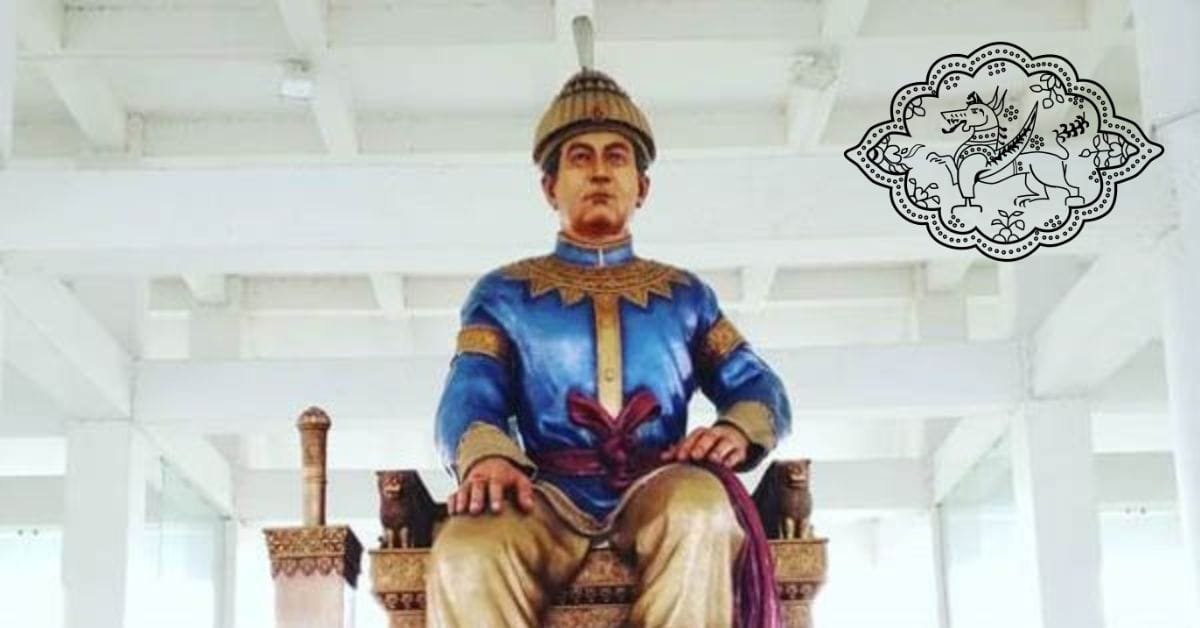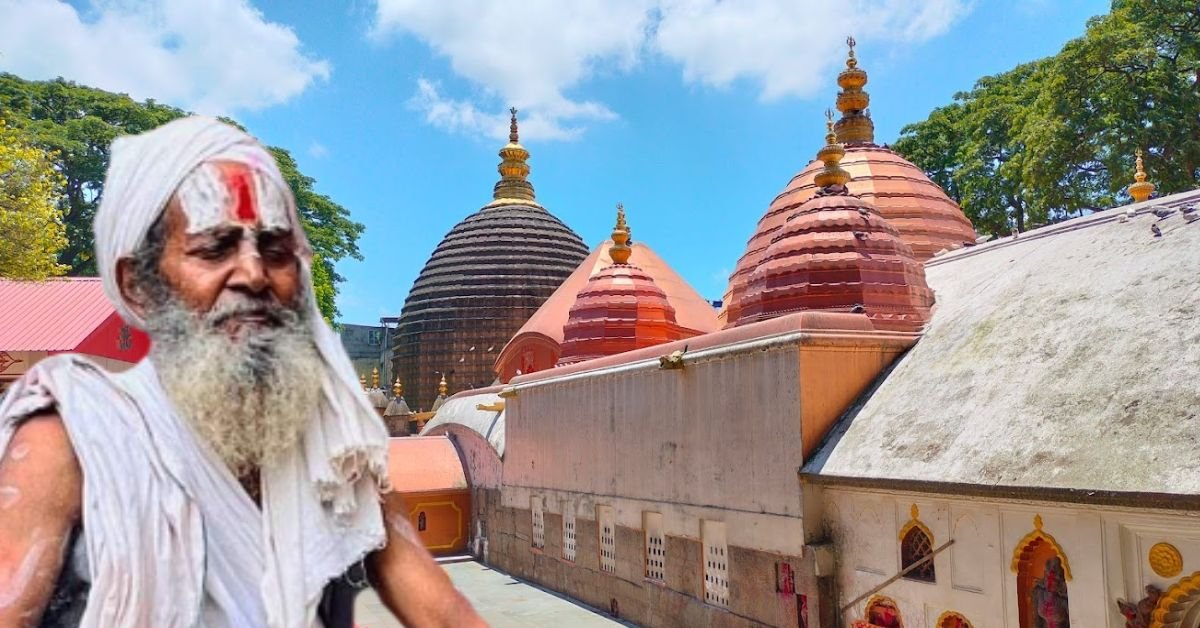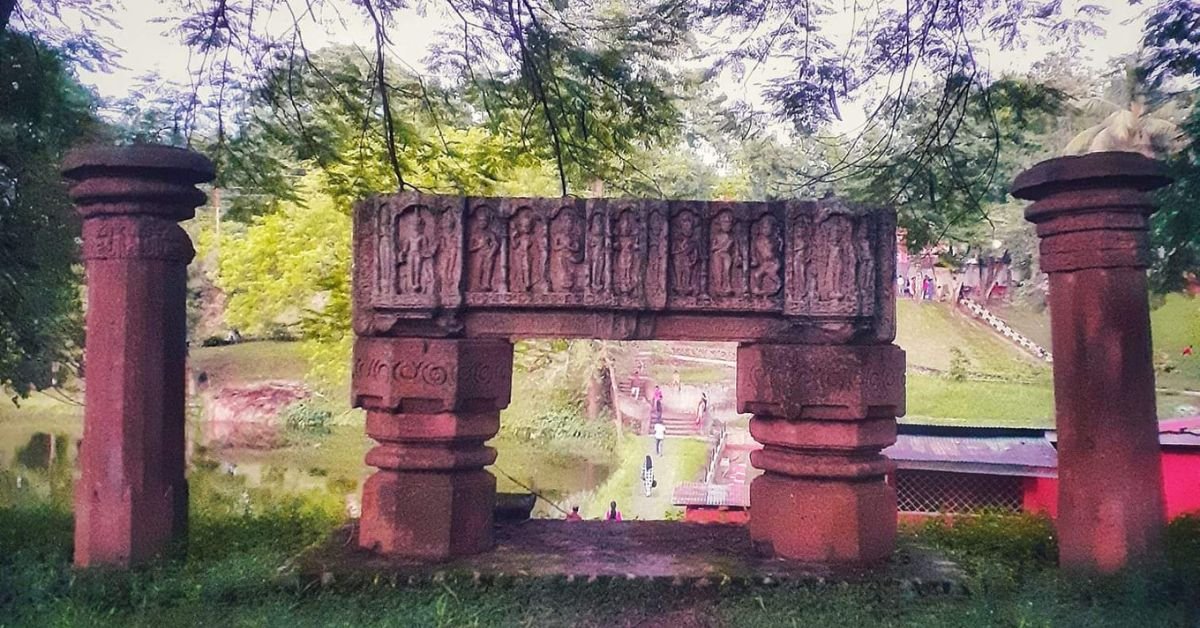Gobar Singha (reign 1675–1675) was the king of the Ahom kingdom for about three weeks. He was the first ahom king from Tungkhungia clan of the Ahom dynasty, and the father of Gadadhar Singha. He claims the lineage of Suhungmung. Suhungmug was his great-great-grandfather.
How Gobar Singha Came to Power
After the death of Chakradhvaj (1669), there was a short interregnum of 12 years where ahom ministers began to important role in choosing the king. The Ahom kingdom entered into a period of weak kings. The de facto power was wielded by three prominent ministers: Debera Barbarua, Atan Burhgohain, and Laluk Sola Borphukan. Debera Barbarua was the first to hold the power in this period.
How Debera Barbara Got So Much Power
The death of Chakradhvaj Singha was an important event in Ahom history. It was the period of the Ahom-Mughal conflict. King Chakradhvaj Singha died in the middle of this conflict. The main focus of the ministers and commanders was protecting the Guwahati region. Many powerful ministers were on guard at newly-occupied Guwahati soon after the Battle of Saraighat was won by the Ahoms. In the absence of any powerful ministers, Debera Barbarua began to consolidate his position at the capital Garhgaon.
At the behest of Debera Barbarua, a coup was launched in 1672 CE to depose Udayaditya Singha, the next king after Chakradhvaj Singha. The coup was successful and the king was murdered in cold blood. Now it was only Barbara who wielded absolute power. Within three years, Debera Barbarua had two kings Ramdhwaj Singha and Suhung. Both were murdered as they did not fit into the scheme of Debera Barbarua. Thereafter, he chooses Gobar Singha as king.
The Brief Rule of The Short-Lived Ahom King
After installing Gobar on the throne, Debera assumed dictatorial power. By a series of cold-blooded murders, Debera purged the capital of his opponents and rivals, though most of the powerful Ahom nobles were stationed at Guwahati.
Nobles rose against Debera
To secure his position for the future, Debera Borbarua planned to get rid of Atan Burhagohain and Laluk Sola Borphukan. These two were the most influential at Ahom court. They were commanding the Ahom defence against the Mughal attack. So, they were unaware of the matters/events that were happening in the capital. Debera was cunning enough to let them fight in the frontiers. Fortunately, the Mughals were pushed back and it was not a threat anymore.
As soon as the ministers Burhagohain and Borphukan knew about these affairs, an expedition under Atan Burhagohain left Guwahati early in 1675. Debera fled the capital but was subsequently captured. Debera was then killed at Rajahat.
The End of Gobar Raja
Meanwhile, Gobar Raja was removed from power and kept confined at Haithaguri. After dealing with Debera Borbarua, Atan Burhagohain discussed with other nobles. The nobles suggested making Burhagohain the king, but he refused, saying only direct descendants of Sukaphaa could be kings. So, he nominated Arjun Konwar, a prince from the Namrupia branch of the Royal Ahom Dynasty, as the new Ahom king.


